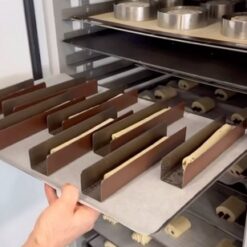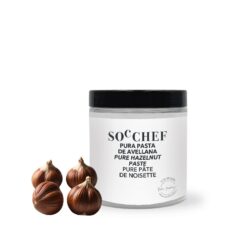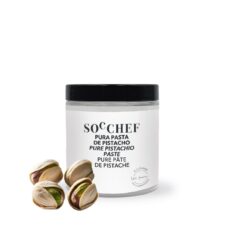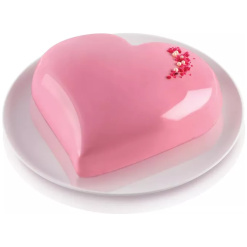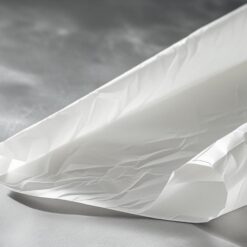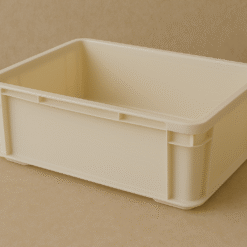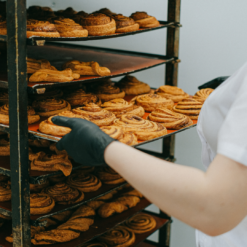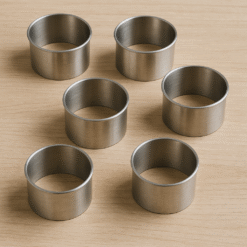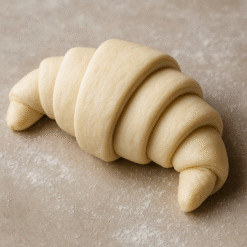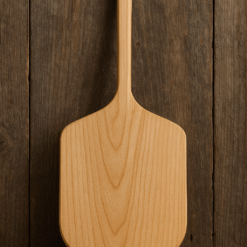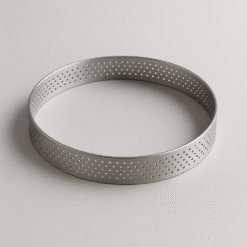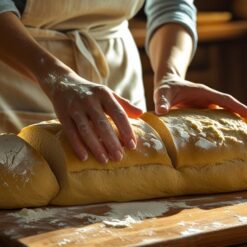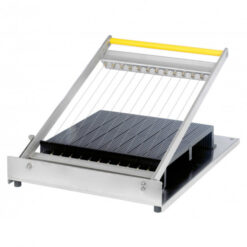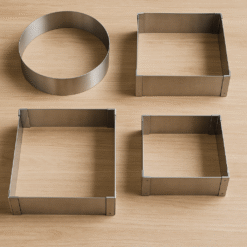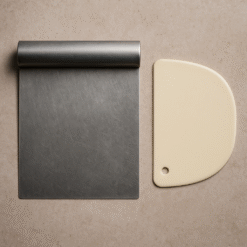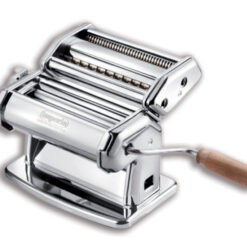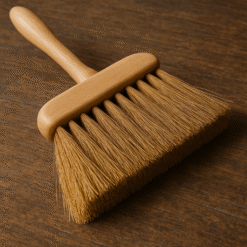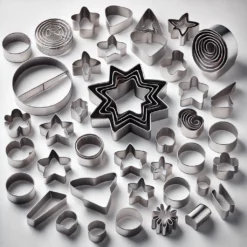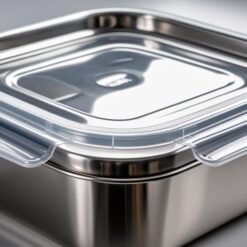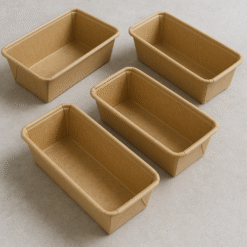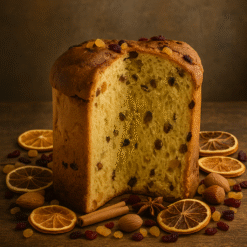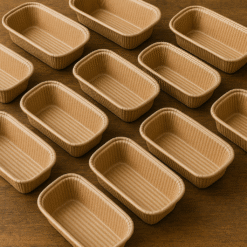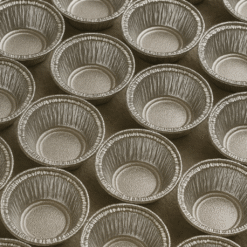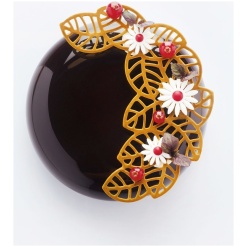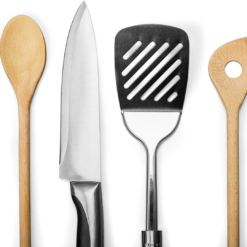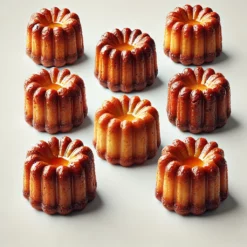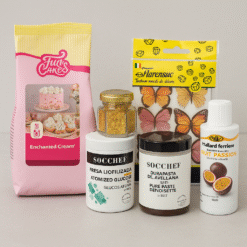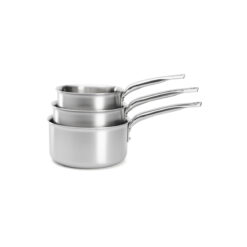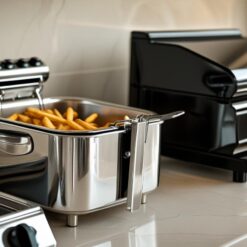Silicone moulds: everything you need to know!
![]()
Photo by Oleg Magni from Pexels
Silicone
What is silicone?
All silicone molds are made from a glass derivative: polymer, derived from silicon. To give it its flexible appearance, it must also be mixed with :
– Peroxide (cheap material)
– Platinum (a better quality material, but more expensive); at Tille, our entire range of moulds is made of 100% platinum/silicon.
Silicone: a health hazard?
Studies have shown that if your silicone mold contains platinum, it can withstand wide temperature variations and is completely safe for your health. What’s more, silicone molds with platinum are Bisphenol A-free!
FLEXIPAN silicone moulds: a guarantee of quality
FLEXIPAN is made of silicone and fiberglass, so it can withstand heat up to +260°C! What’s more, it can be used in any professional-sized oven.
On order only.
The advantages of silicone molds :
- They’re fun and easy to use
- They come in a multitude of shapes
- Their flexibility is a major advantage
- Platinum silicone molds are highly resistant to temperatures ranging from -60°C to +230°C.
- A silicone mould has naturally non-stick priorities
- Dishwasher- and microwave-safe
Baking with a silicone mould
Are silicone molds ovenproof?
Of course you can! A silicone mould can be used in all types of oven (traditional, fan-assisted, gas, electric, combination, even microwave!).
Up to what temperature can I use my silicone mould?
It all depends on your choice of mold: the better the quality, the higher the temperature. In other words, if your mold contains platinum silicone, it can withstand temperatures of up to +230°C.
Should the molds be buttered?
Silicone molds require little or no fat at all. For initial use, you can lightly butter your mold for better release from the mold. Then, if your recipe is low-fat, you can add a dab of butter, but in the majority of cases, it’s unlikely that you’ll need to butter your mold.
How to remove a silicone mould from the mould?
You can moisten your molds before filling them with dough: this will make them easier to unmold. You can also wait 10 to 15 minutes before unmolding, or leave your pastries to cool in the mold.
To unmold your frozen preparations, wait until your pastries have fully set. Once out of the freezer, turn them out quickly for a smooth appearance. If you want a “velvety” look, you can use a “velvety effect” spray colorant. Wait a few minutes after unmolding and spray your desserts at room temperature.
One last little tip?
To optimize your mold’s performance, we recommend placing it on a grid rather than a baking sheet.
Freezing with a silicone mold
Your preparations can be frozen directly in your silicone molds, specifically with FLEXIPAN silicone molds. This solution is ideal for ice cream and sorbets, but also very useful for setting your preparations in the refrigerator.
Care and maintenance of silicone molds
How do I clean a silicone mould?
Simply wash by hand with soapy water. Avoid using abrasive sponges, which could damage your mold.
Is the silicone mould dishwasher-safe?
Most baking moulds are dishwasher-safe.
Why is my mold turning white?
If your mold turns white over time, it may be fat rising to the surface. To remedy this, fill the mold with water and place it in the freezer. Then unmould it like an ice cube, and it’ll be as good as new!
How to choose a silicone mould?
See our article on “How to choose a cake tin”.

